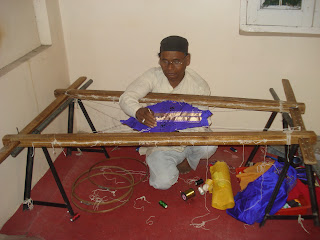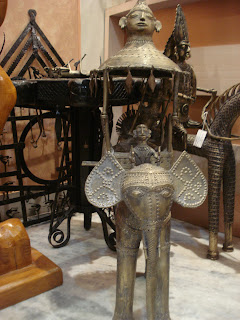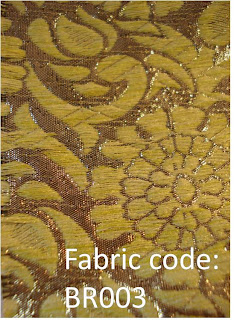The art of the leaves
Mehendi is the art of drawing beautiful designs using Henna leaves paste on your hands and feet. Traditionally women have been the recipients of this luxury of someone else decorating their hands and feet but with men wearing earrings and all these day, who knows, tomorrow they might indulge in this art as well. ha!
The Henna leaves paste design when left overnight dyes your palms dark orange or brown. The final product is then flaunted in festivals, marriages and ceremonies as a symbol of happiness and well being. These days women don't wait for A special occasion. I would just put this temporary tattoo to celebrate myself.
India / Rajasthan (Wiki lead) commercially grows most of the Henna plants in the world and Indians, Pakistanis Bangladeshis and Afghanis are the largest attempters of this art. The leaves of these plants are dried, powdered and packed for sale. Whoever wants to indulge in this art can buy the powder and mix it with just enough lemon juice or strong tea to make a thick paste. This paste is then transferred to a waterproof cone made of paper or plastic sheet. Once filled, the mouth of the cone is sealed with a tape tightly so that it doesn't leak the paste. The farther drawing end of the cone which is mostly not open is slightly cut with the scissors such that a thin line can be drawn through it.
The real art begins now. The great unknown artists of this art (atleast one in every block in the country) manage to press the top of the cone with the distal phalanx of the thumb and the metacarpal bone of the index finger just enough to dispense a tiny dot and swiftly moving the position of the tip of the cone to create a line connecting the dots. The really trick for perfecting this art is practice practice practice.
PS:Excuse the light in the video. The only source of light I had at the mall was the sunlight by the window and people kept passing by disrupting the source of light.
Music:From the Indian movie "Kahaani".











































